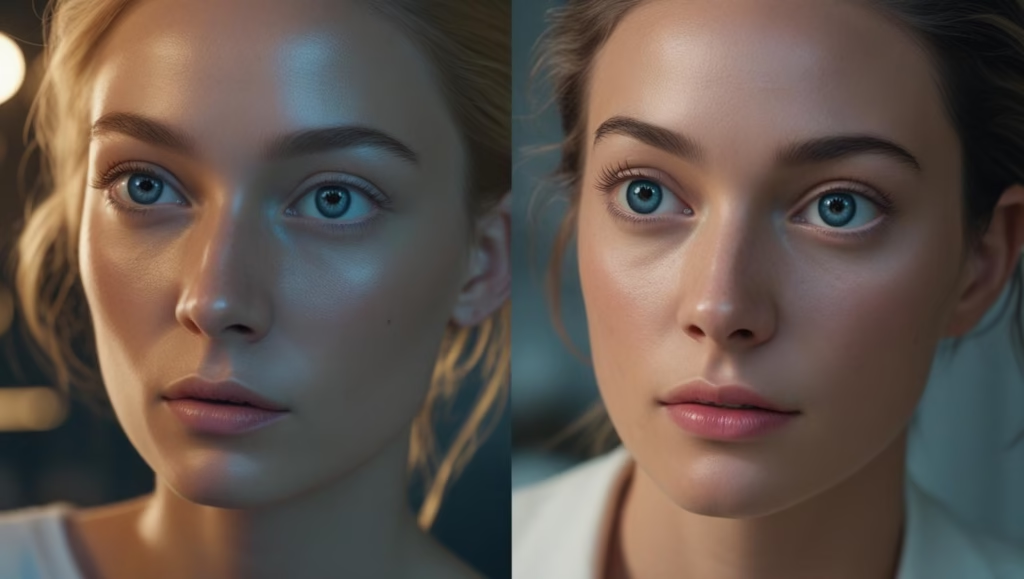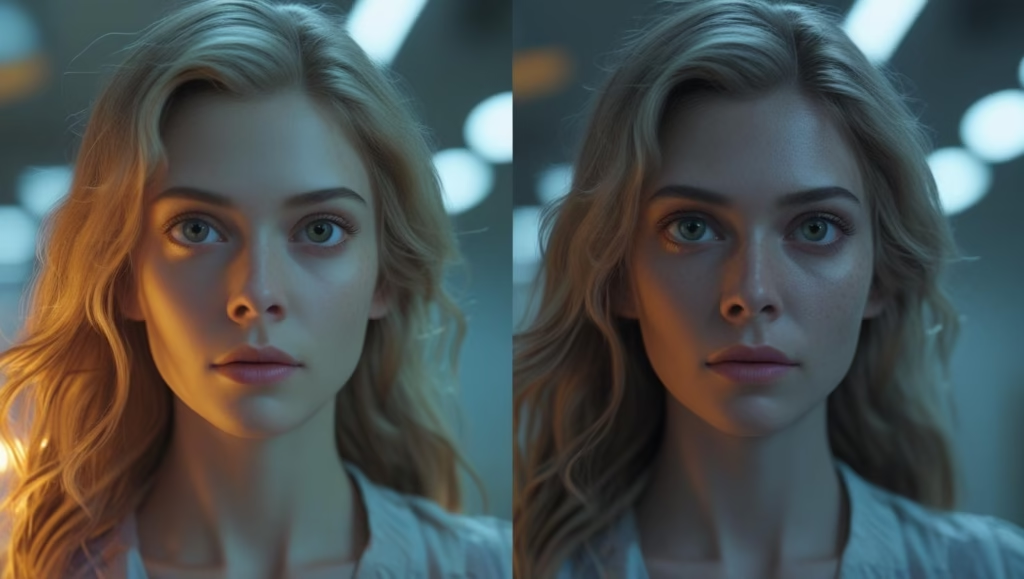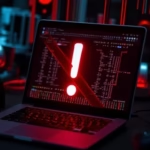How To Spot Fake AI Videos Easily has become an essential skill in today’s digital age. With the rise of deepfake technology and AI-powered video manipulation, anyone can create highly convincing videos that look real but are entirely fake.
From political speeches that were never made to celebrities endorsing products they never used, fake AI videos can be dangerous – spreading misinformation, damaging reputations, and even causing financial losses.
This article will give you 7 effective ways to detect AI-generated fake videos, explain the pros and cons of detection methods, and provide comparisons with other tools so you can stay informed and protected.
Why Fake AI Videos Are a Growing Threat
AI-generated videos, also called deepfakes, are created using advanced neural networks and machine learning models like GANs (Generative Adversarial Networks). These videos can manipulate a person’s face, voice, and movements to make them appear to say or do things they never did.
According to a Deeptrace report, the number of deepfake videos online is doubling every six months. With AI tools becoming more accessible, spotting fakes is now a necessary skill for everyone — not just tech experts.
7 Ways to Spot Fake AI Videos Easily

1. Watch for Unnatural Eye Movements
In many fake AI videos, eye blinking patterns are unnatural. Either the subject blinks too little or too much, or the movement looks robotic. AI models often struggle to replicate realistic micro-blinking.
Tip: Slow down the video and watch frame-by-frame — irregular blinking is a red flag.
2. Look for Lip-Sync Errors
Even with advanced AI, perfect lip synchronization with speech is hard to achieve. If the lips don’t match the audio perfectly or there’s a slight delay, it may be fake.
Example: Notice if certain words or syllables look off, especially during rapid speech.
3. Check Lighting and Shadows
In authentic videos, lighting and shadows naturally match the environment. Deepfakes often have mismatched shadows, inconsistent highlights, or unrealistic skin tones.
Tool Tip: Use a video analysis tool like InVID to examine frames closely.
4. Listen for Voice Modulation Issues
Fake AI videos may use voice cloning. Listen carefully for unnatural tones, robotic echoes, or abrupt audio cuts. AI-generated voices often lack the natural emotion and pitch variation of real human speech.
5. Look for Warped Backgrounds
Deepfake technology can create distortions in the background — especially around hair, glasses, or moving objects. Pay attention to flickering edges or blurred patches.
6. Use Reverse Video Search
Platforms like Google Lens and Amnesty’s YouTube DataViewer allow you to reverse search frames from a video to see if they’ve been altered from existing footage.
7. Check with Deepfake Detection Tools
There are AI-powered tools built specifically to detect deepfakes, such as:
- Microsoft Video Authenticator – analyzes subtle fading and greyscale elements
- Sensity AI – detects synthetic media
- Deepware Scanner – scans videos for manipulation patterns
Pros & Cons of Different Detection Methods
| Detection Method | Pros | Cons |
|---|---|---|
| Manual Observation | No tools needed, quick | Requires trained eye, prone to human error |
| Reverse Video Search | Great for verifying known content | Won’t detect original fakes |
| AI Detection Tools | Fast, automated results | May miss advanced deepfakes |
| Frame-by-Frame Analysis | Highly accurate | Time-consuming |
Comparison Table: Old vs. New AI Detection Tools
| Feature | Old Generation Tools | New Generation Tools |
|---|---|---|
| Accuracy Rate | ~60–70% | 85–95% |
| Voice Analysis | Not available | Available with tone detection |
| Background Distortion Detection | Limited | Advanced AI recognition |
| Real-Time Detection | No | Yes |
| Accessibility | Requires expertise | User-friendly UI |
Why You Should Learn to Detect Fake AI Videos
Fake AI videos are more than a curiosity — they can be weaponized for:
- Political Misinformation – Manipulating public opinion
- Financial Fraud – Impersonating CEOs for scams
- Reputation Damage – Creating fake scandals
Being able to spot fake AI videos easily helps protect your personal security, finances, and the truth.
Additional Tips to Stay Safe
- Always verify news from multiple reputable sources (BBC, Reuters).
- Use fact-checking sites like Snopes.
- Don’t share suspicious videos before verifying authenticity.
Final Thoughts
The fight against fake AI videos is ongoing — as detection tools improve, so do the techniques used to create deepfakes. By learning how to spot fake AI videos easily, you can be a smarter, more responsible digital citizen.
Remember: If something looks too shocking or too perfect to be real, it probably isn’t.


